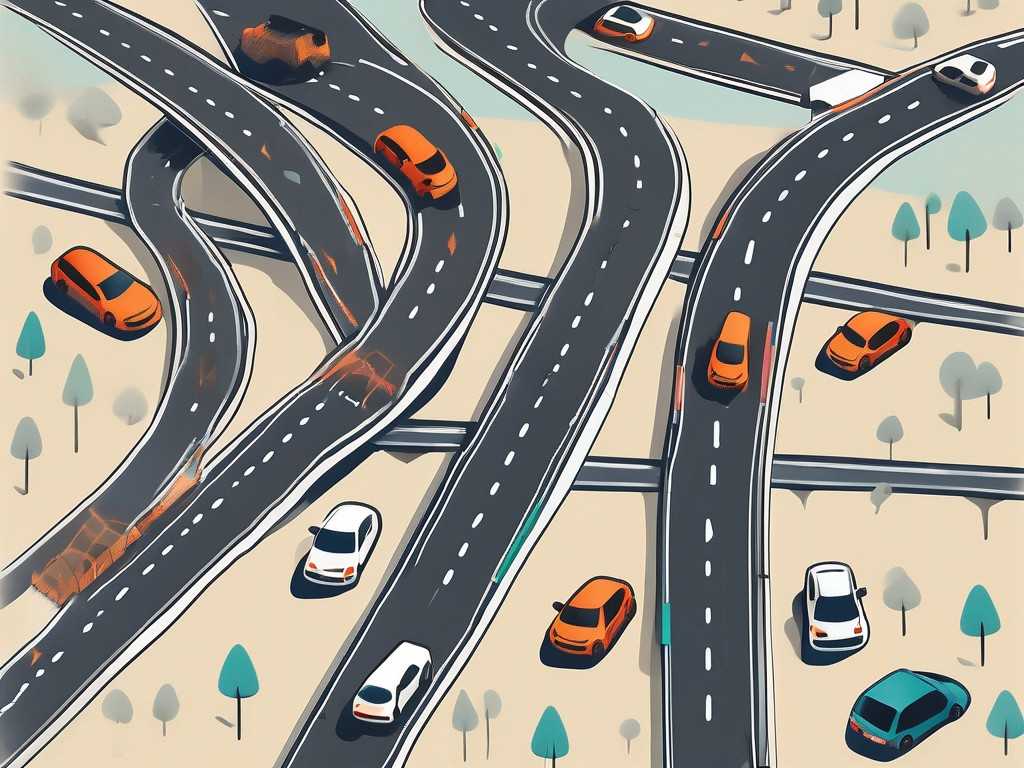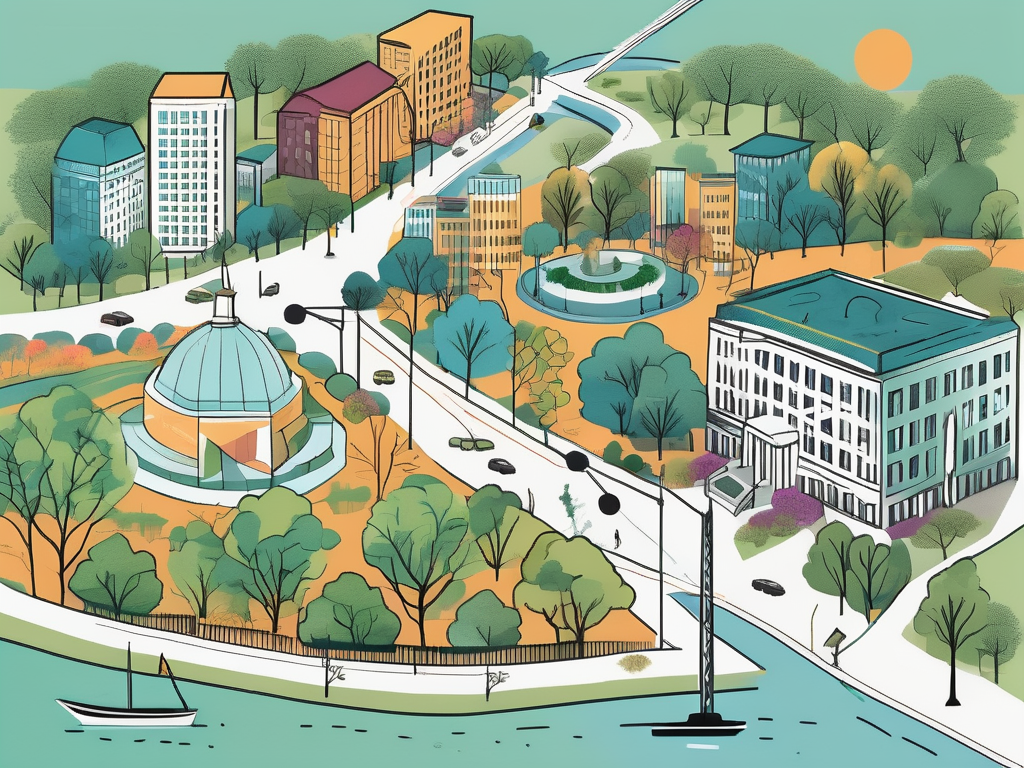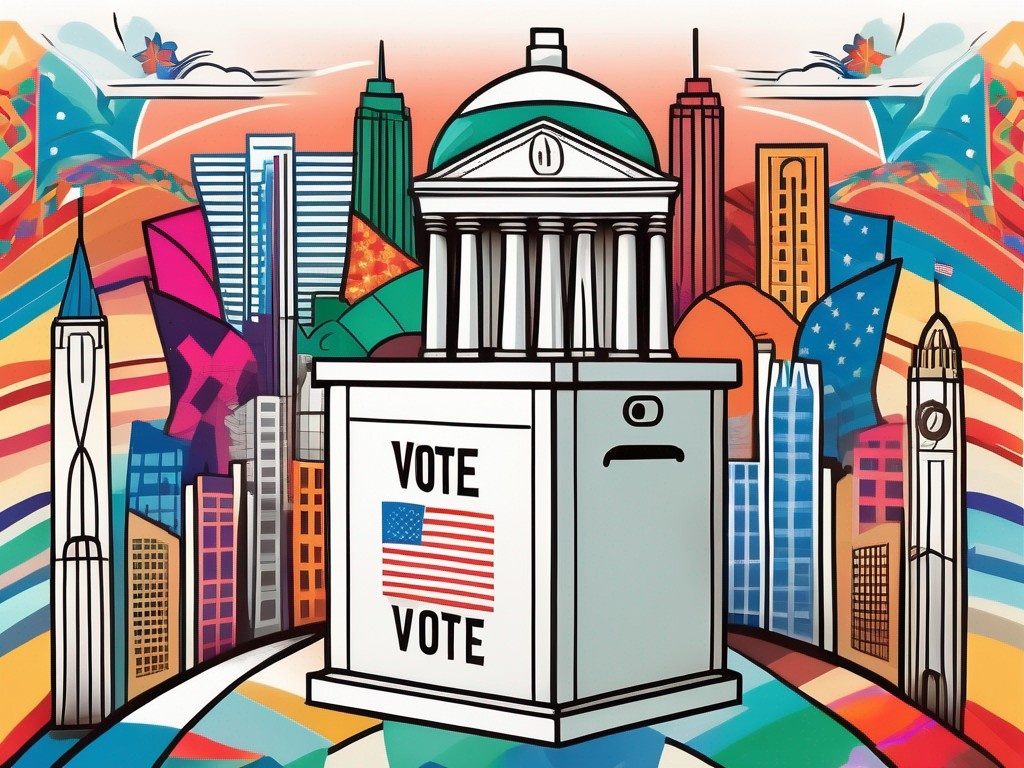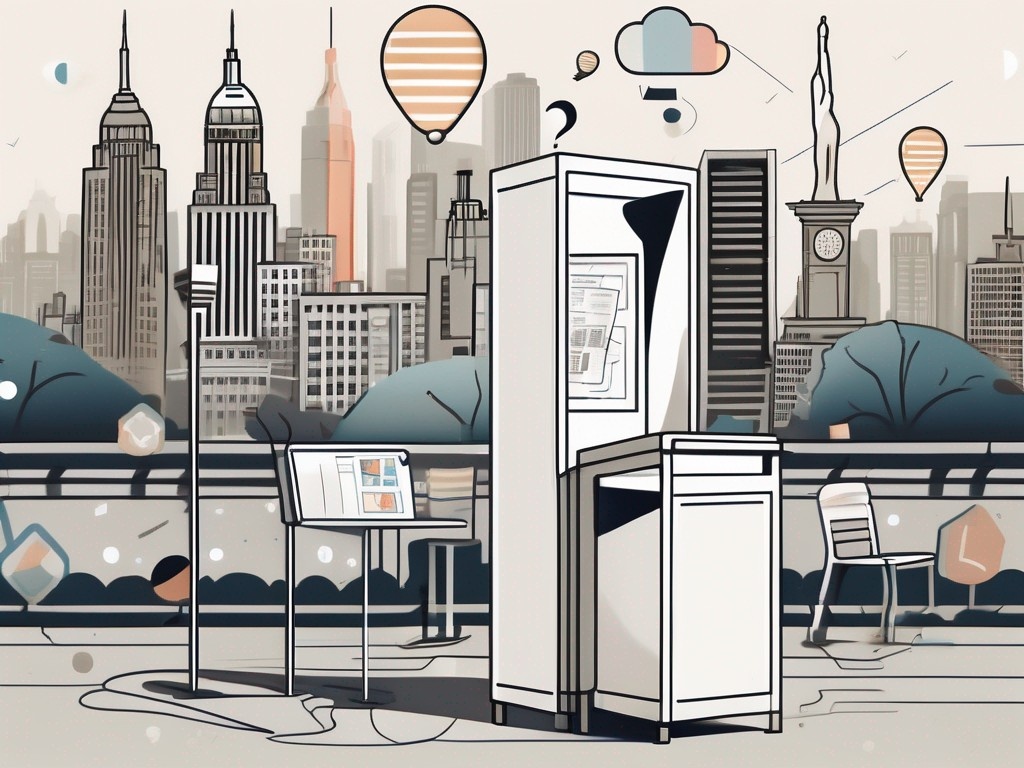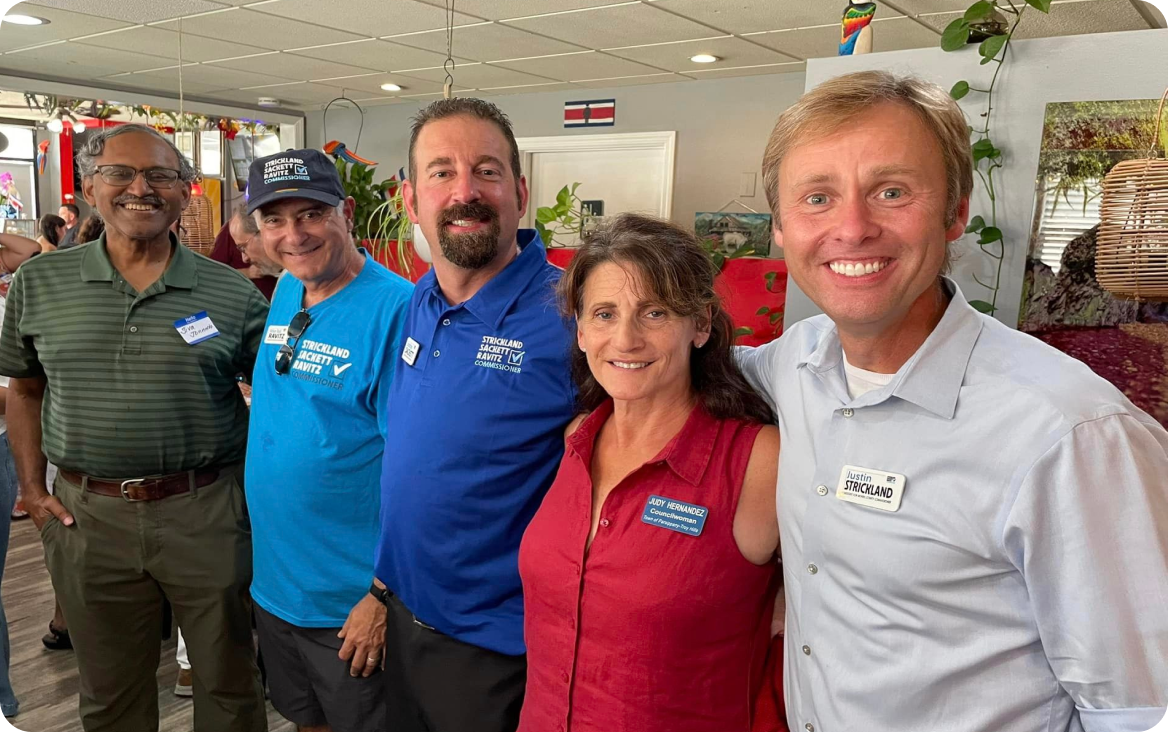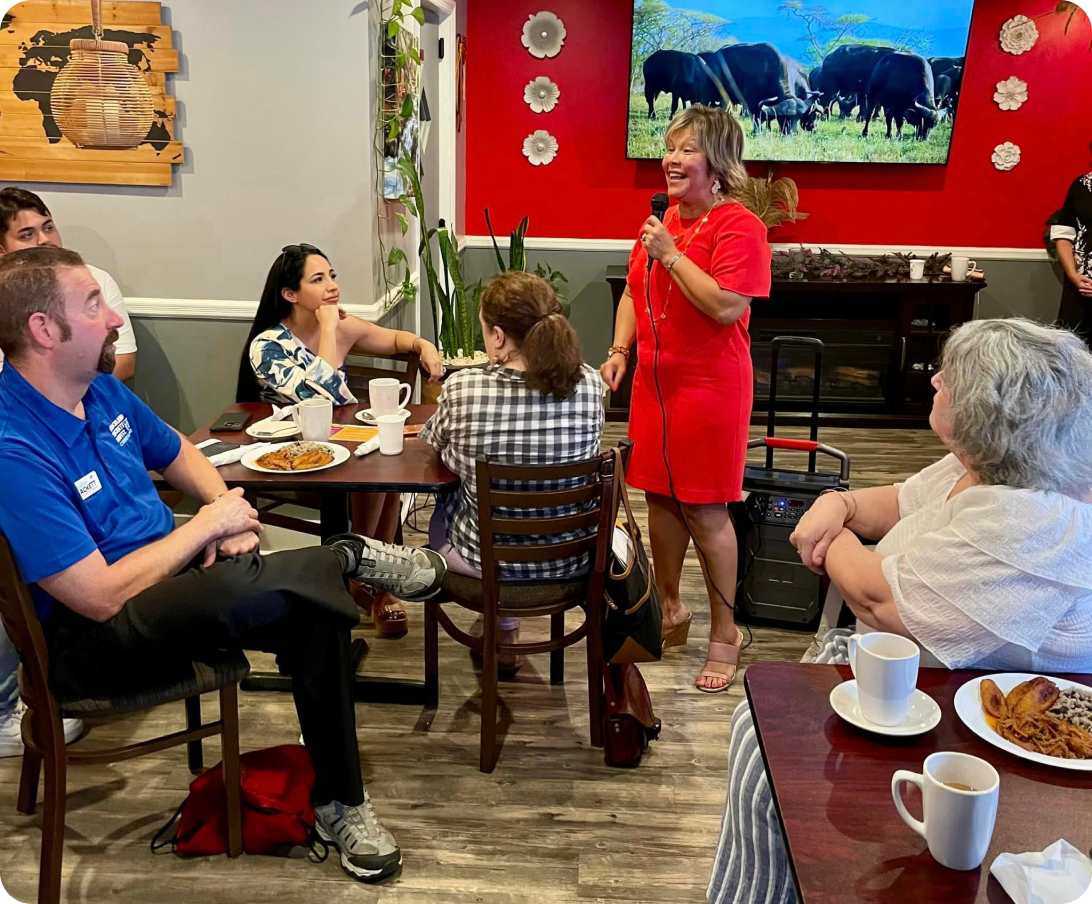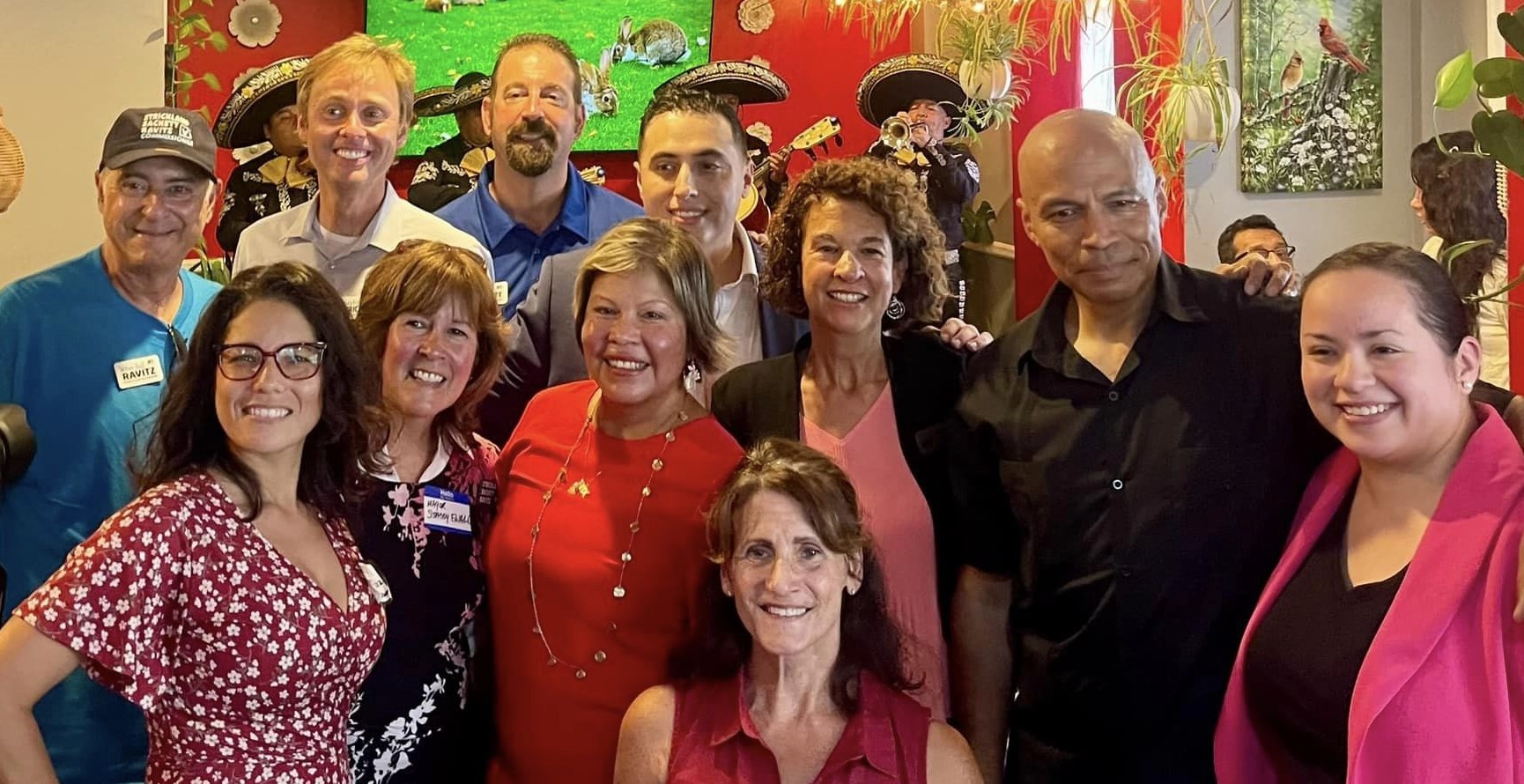New Jersey is notorious for its traffic congestion, which has raised concerns among residents, businesses, and policymakers alike. Whether commuting to work or navigating daily errands, drivers face a persistent battle with road congestion. However, to tackle this problem effectively, it’s imperative to analyze the root causes, evaluate current management strategies, and explore innovative solutions that can ease the burden of traffic on New Jersey’s roads.
Understanding the Root Causes of New Jersey’s Traffic Crisis
To devise effective solutions, we must first understand the underlying factors contributing to New Jersey’s severe traffic issues. Several interconnected elements play a significant role in exacerbating congestion.
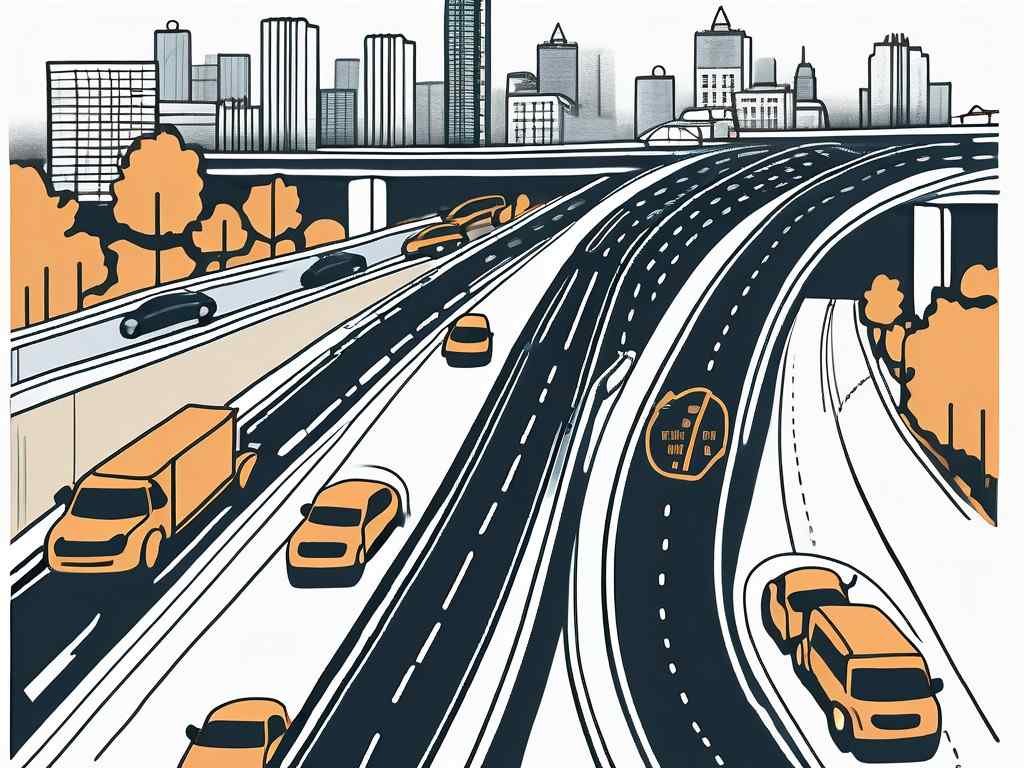
The Role of Population Density in Traffic Congestion
New Jersey is one of the most densely populated states in the United States. As more people inhabit a relatively small area, the demand for road space inevitably increases, leading to heightened congestion in urban centers. The influx of residents, coupled with a growing number of vehicles, results in more traffic on the streets. This high population density in cities such as Newark and Jersey City demonstrates a significant need for infrastructure that supports efficient movement.
Moreover, as suburban areas continue to expand, commuters often travel long distances to urban jobs, contributing to the rush hour bottleneck as these populations converge on city centers. Addressing this can require thoughtful urban planning and investments in public transportation to minimize reliance on personal vehicles. Additionally, the rise of remote work has shifted some commuting patterns yet, many still prefer to drive, leading to a paradox where even fewer commuters can still result in significant congestion due to the sheer volume of cars on the road.
Infrastructure Limitations and Their Impact
Another factor contributing to New Jersey’s traffic crisis is the aging and insufficient infrastructure. Many roads and bridges were designed decades ago and are no longer equipped to handle the current volume of traffic. Deteriorating road conditions lead to slowdowns and increased hours of maintenance work, which further exacerbates congestion.
In addition, bottlenecks often occur at crucial junctions where multiple lanes merge, reducing flow efficiency. These infrastructure limitations create a ripple effect, impacting not just commuters, but also emergency services and freight transport crucial to the state’s economy. The delays experienced by emergency vehicles can have dire consequences, while freight transport inefficiencies can lead to increased costs for businesses and consumers alike. Investing in modernizing infrastructure is not just about improving traffic flow; it is also about ensuring public safety and supporting economic vitality.
The Influence of Urban Planning on Traffic Flow
Urban planning in New Jersey has historically favored automobile travel, often at the expense of pedestrian and cyclist infrastructure. Communities designed predominantly around cars lead to inefficient traffic patterns, where neighborhoods are disconnected from key services and public transport options. This car-centric design promotes reliance on personal vehicles, increasing overall traffic volume.
Integrating mixed-use developments, pedestrian-friendly spaces, and improved public transportation into urban planning can encourage alternative transit methods. By reshaping our cities to prioritize access and mobility over vehicle convenience, we can work toward mitigating congestion. Furthermore, promoting policies that encourage telecommuting and flexible work hours can help to stagger traffic patterns, reducing the peak load on roadways. As cities evolve, it is essential to engage communities in the planning process to ensure that the solutions implemented meet the diverse needs of all residents, fostering a more sustainable and accessible transportation network.
Evaluating Current Traffic Management Strategies
Understanding existing traffic management strategies is crucial for evaluating their effectiveness and identifying areas for improvement. Various approaches have been implemented across New Jersey to address the growing crisis.
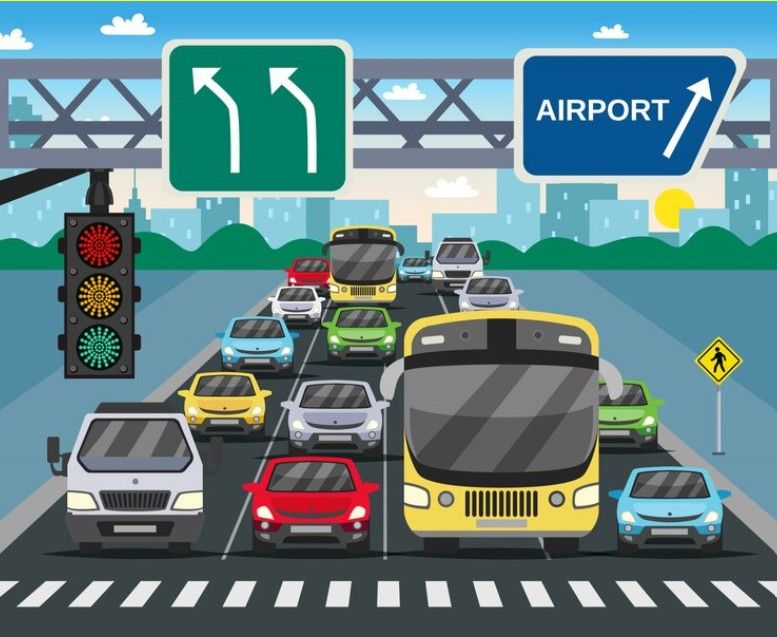
The Effectiveness of Public Transportation Systems
New Jersey Transit plays a vital role in providing public transportation options to millions of residents. Buses and trains offer valuable alternatives to driving, particularly in high-density urban areas. However, the effectiveness of these systems has been called into question due to reliability issues and service gaps.
Enhancing public transportation services, ensuring timely schedules, and expanding routes can significantly boost ridership. Investment in infrastructure such as bus rapid transit lanes can also help improve the overall efficiency of public transport, lessening the load on roadways. Furthermore, integrating technology such as mobile apps for real-time tracking and ticket purchasing can enhance user experience and attract a tech-savvy demographic. Educational campaigns highlighting the environmental benefits of using public transit could also shift public perception, making it a more attractive option for daily commuters.
Traffic Signal Optimization and Its Challenges
Traffic signal optimization is often regarded as a practical and immediate solution for mitigating congestion. By implementing intelligent traffic management systems that utilize real-time data, cities can adjust signal timings to improve traffic flow. However, challenges arise from outdated infrastructure and the need for extensive coordination among various traffic management agencies.
Success in optimizing traffic signals hinges on a comprehensive understanding of traffic patterns and the integration of new technologies. It also requires funding and political will to invest in these necessary upgrades. Moreover, the implementation of adaptive signal control technology can further enhance the responsiveness of traffic signals to changing conditions, potentially reducing wait times and improving safety for pedestrians and cyclists. Community engagement in the planning process can also ensure that the needs of all road users are considered, fostering a more inclusive approach to traffic management.
The Role of Carpooling and Rideshare Programs
Carpooling and rideshare programs have emerged as effective alternatives to traditional solo commuting. By encouraging shared rides, these programs can reduce the number of vehicles on the road, thereby lessening congestion and the associated environmental impacts. Initiatives such as HOV (High Occupancy Vehicle) lanes help incentivize carpooling.
However, public awareness and participation remain challenges. Enhanced marketing and partnerships with local businesses could significantly increase involvement in carpooling initiatives. Additionally, rideshare companies need to collaborate with local governments to create dedicated drop-off and pickup locations that do not obstruct traffic. The establishment of community-based carpooling networks, facilitated by social media platforms, can also foster a sense of community and trust among participants. Furthermore, offering incentives such as reduced tolls or parking fees for carpoolers could further encourage participation and make shared commuting a more appealing option for residents.
Innovative Solutions to New Jersey’s Traffic Problem
As New Jersey navigates its traffic crisis, innovative solutions must be embraced to create meaningful change. Exploring feasible alternatives is crucial, as traditional methods alone may not effectively resolve the growing challenges.
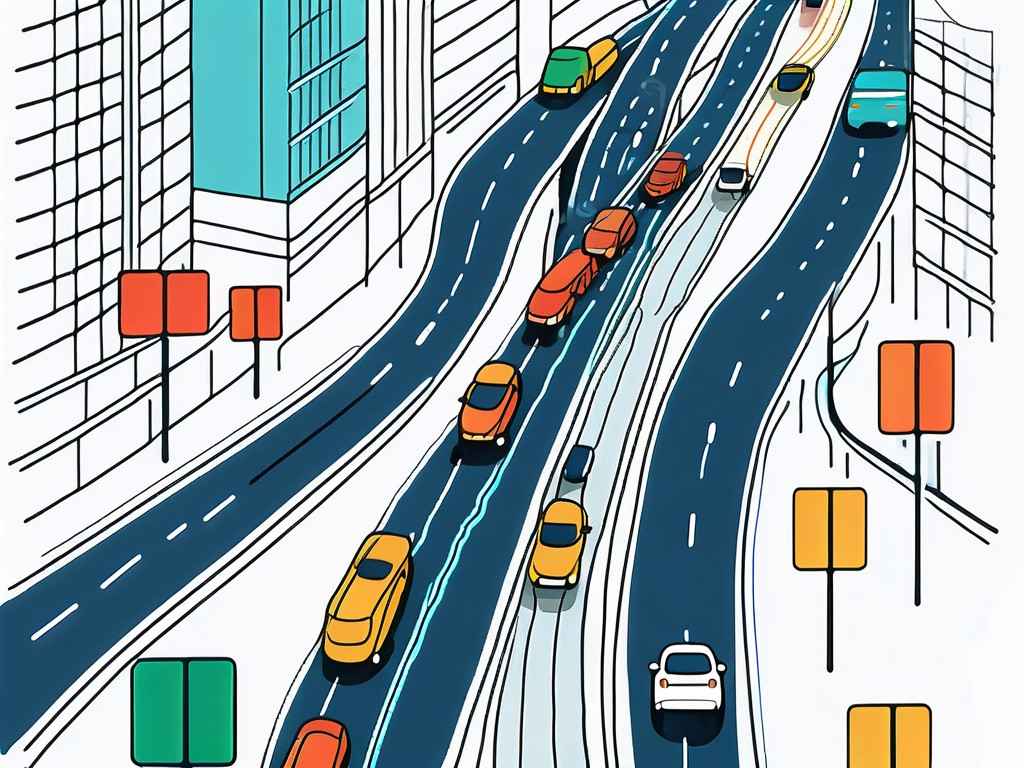
The Potential of Smart Traffic Management Systems
Smart traffic management systems represent a transformational opportunity for managing congestion. Utilizing artificial intelligence and machine learning, these systems can analyze traffic patterns and make real-time adjustments to improve flow. Features like adaptive signal control and integrated surveillance systems can optimize traffic conditions dynamically.
Investment in smart technologies could open the doors to more efficient movement across roadways. However, successful implementation involves substantial upfront costs and cooperation across various government agencies.
Exploring the Feasibility of Infrastructure Expansion
While expanding existing road infrastructure might seem like a straightforward solution, it is critical to consider the long-term implications and environmental impact. While new lanes or highways can offer temporary relief, they also attract more vehicles, potentially negating any traffic benefits gained.
Careful analysis is needed to determine the best locations and approaches for expansion. Rather than solely increasing vehicle lanes, infrastructure efforts should prioritize multimodal transit solutions that incorporate bicycles, pedestrians, and public transport systems.
The Promise of Green Transportation Alternatives
As New Jersey strives to enhance its transportation landscape, the shift towards green alternatives holds promise. Electric vehicles, biking, and walking options are instrumental in reducing congestion and contributing to environmental sustainability. Investing in charging infrastructure for electric cars and creating bike lanes can encourage more residents to consider these options.
Moreover, providing incentives for the adoption of green transportation alternatives, such as tax breaks for electric vehicle purchases and expanded bicycle-sharing programs, can help transition the state towards a more sustainable future.
The Economic and Social Implications of Traffic Congestion
Understanding the broader implications of traffic congestion is essential in appreciating its relevance to New Jersey’s quality of life and economic health. Traffic delays impact not only commuting times but the state’s economy as a whole.
The Cost of Traffic Delays to the Economy
Traffic congestion imposes significant costs on the state’s economy. Lost productivity due to excessive commuting times translates to billions in potential revenue not realized. Businesses often struggle with logistics as delays lengthen delivery times and increase operational costs.
Investing in solutions that enhance road and public transit efficiencies not only improves individual travel experiences, but also positively affects the broader business environment, encouraging growth and investment across New Jersey.
Traffic Congestion and Quality of Life
Ultimately, traffic congestion affects residents’ quality of life. Prolonged commutes can lead to increased stress levels and diminished time with family and friends. Moreover, it impacts health through prolonged exposure to pollutants emitted by idling vehicles.
By addressing the traffic crisis comprehensively, New Jersey can increase the overall well-being of its residents, making cities more livable and communities more connected. Embracing innovative technologies, improving public transportation, and reshaping urban environments are vital steps in this ongoing effort.
In conclusion, while New Jersey’s traffic crisis is a multifaceted challenge, understanding its root causes, evaluating current strategies, and exploring innovative solutions provide a pathway towards mitigating congestion. The state’s future as a thriving, accessible environment depends on the collective action of policymakers, communities, and individuals working together to forge a solution.



